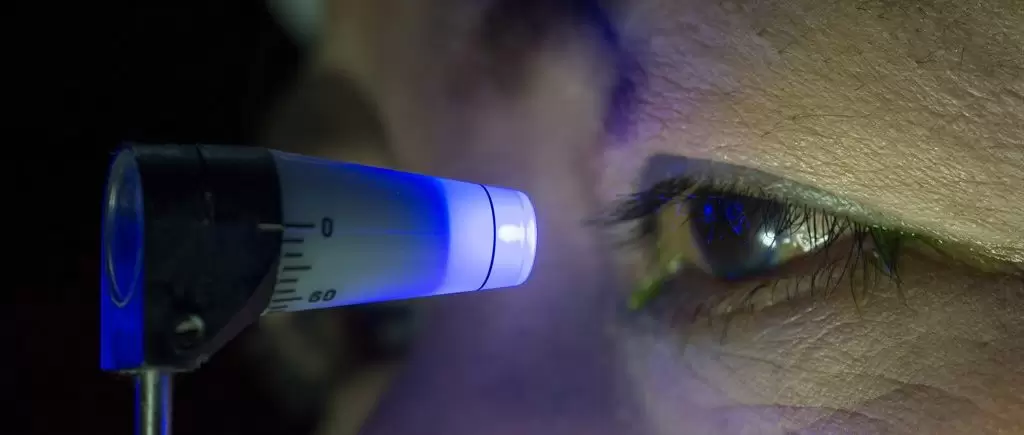
Glaucoma occurs when alterations in the intraocular fluid production cause pressure in the eye and then it damages the optic nerve. The optic nerve damage can cause severe vision loss which over time results in blindness.
Glaucoma is a leading cause of preventable blindness among eye disorders.
Eye drops can decrease eye pressure by slowing the production of fluids within the eye or increasing the drainage of fluids.
Glaucoma surgery improves the flow of fluids from the eye, relieving pressure on the optic nerve. Surgery can treat glaucoma, but it cannot correct the existing damage on the optic nerve. Therefore, early diagnosis with regular eye examinations is crucial to prevent irreversible damage on optic nerve.
What is Eye Pressure (Glaucoma)?
Glaucoma, in other words, eye pressure, can be defined in its simplest form as optic nerve damage caused by increased intraocular pressure. If glaucoma is not diagnosed early and treatment is not started early, there is a risk of vision loss.
The “aqueous fluid” in the eye leaves the eye through the trabecular meshwork. In those with glaucoma, there is an obstruction in the outflow path of the intraocular fluid that cannot be seen with the naked eye. Due to this obstruction, intraocular fluid and, accordingly, intraocular pressure increase. The pressure caused by the increase in eye pressure causes damage to the optic nerve, also known as the optic nerve. As a result, irreversible damage occurs to the optic nerve.
The incidence of glaucoma is higher in people over the age of 40. Factors such as advanced age, myopia, smoking, genetic predisposition, eye injuries, diabetes and long-term cortisone treatment can increase the incidence of glaucoma. Therefore, people at risk for glaucoma should have regular eye examinations and have their intraocular pressure measured during eye examinations.
Primary Open Angle Glaucoma is the most common type of glaucoma. Since vision loss caused by the disease is irreversible, early diagnosis is very important in glaucoma.
What are the Symptoms of Eye Pressure (Glaucoma)?
Eye pressure is an eye disease that usually does not cause symptoms in the early stages. In addition, it can cause different symptoms in different patients. However, we can list the most common symptoms of glaucoma as follows:
- Headache accompanied by pain in the eyelid and its surroundings due to changes in the level of aqueous humor during the day,
- A feeling of tension and stiffness in the eye, a feeling of pain when the eye is pressed,
- Pain in the forehead,
Sudden or rapid closure of the angle of vision,
Nausea, - Temporary blurring of vision or halos around lights at night.
In order to diagnose eye tension, comprehensive tests are used. The first of these is measuring the patient’s eye pressure with a tonometry device. Fundus examination allows determining whether there is damage to the optic nerves. If necessary, multiple tests for glaucoma can be used.
In acute glaucoma crises, the diagnosis process can be easier because the patient shows much more pronounced symptoms. The later the intervention, the greater the loss in the patient’s visual field. Accordingly, the need for emergency intervention may arise.
Working Hours
- Monday: 09:00 – 18:00
- Tuesday: 09:00 – 18:00
- Wednesday: 09:00 – 18:00
- Thursday: 09:00 – 18:00
- Friday: 09:00 – 18:00
- Saturday: 09:00 – 18:00
- Sunday: Closed
